The 13th National Assembly of Vietnam approved the Law on Veterinary Medicine at its 9th session, which serves as an important legal basis for the more effective operation of the veterinary sector in Vietnam, contributing even more to society and international integration.
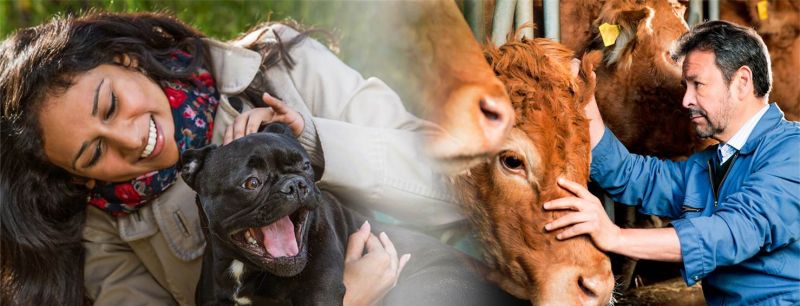
The Law on Veterinary Medicine 2015 of Vietnam consists of 7 chapters, 116 articles, providing for the prevention, treatment and fighting against animal epidemic diseases; quarantine of animals and animal products; control of the slaughter, preparation and processing of animals and animal products; inspection of veterinary hygiene; management of veterinary drugs; veterinary practice.
Supplementing certain prohibited acts
According to Deputy Minister of Agriculture and Rural Development Hoang Van Thang, one of the notable points of the Law on Veterinary Medicine 2015 is the provision of new principles in veterinary activities, such as ensuring consistency in veterinary activities from central to local levels; prioritizing disease prevention, timely treatment, and urgent disease control; making disease prevention and control the responsibility of animal owners, livestock facilities, and aquaculture farms.
In order to ensure the smooth implementation of veterinary activities from central to local levels, the Law specifically assigns responsibilities to the People's Committees at various levels in directing and controlling animal disease prevention and control, including: organizing regional planning and disease-safe facilities, implementing surveillance programs and disease control measures, allocating, managing, and utilizing funds for disease prevention, handling, and disposal of diseased animals and disease-infected animal products.
Also according to Deputy Minister Hoang Van Thang, to ensure the effectiveness and efficiency of state management in veterinary activities, and to establish the basis for determining prohibited acts and forms of punishment for violations, the Law on Veterinary Medicine 2015 has supplemented several strictly prohibited acts in veterinary activities, in particular: concealing, not reporting, or untimely reporting of animals infected with diseases, showing signs of disease, or dying from infectious diseases that can spread to other animals; providing incorrect declarations, listing incorrect quantities or weights of diseased animals, dead animals, or diseased animal products that must be destroyed; providing incorrect declarations or confirmation of quantities or weights of materials, chemicals for animal disease prevention and control for personal gain; failing to notify or announce animal disease outbreaks when required by law; providing inaccurate information about the situation of animal disease outbreaks.
Quarantine will no longer be based on "large quantities, large volumes"
Quarantine of terrestrial animals and products thereof (Chapter III) is one of the chapters with many new points in the Law. Deputy Minister Hoang Van Thang stated that this chapter has been divided into two sections: terrestrial animal inspection and terrestrial animal product inspection, as well as aquatic animal inspection and aquatic animal product inspection. The new point of the Law is the amendment of the principles of animal inspection, no longer based on "large quantities, large volumes" as stated in the 2004 Decree. The Law now regulates that animal inspection and animal product inspection should be conducted based on the risk of animal diseases and there are provisions towards liberalizing the transportation of terrestrial animals and animal products out of the province.
Specifically, animals and animal products originating from establishments that have been recognized as disease-safe or have implemented disease prevention measures through vaccination, as well as livestock facilities participating in disease surveillance programs, are exempt from inspection procedures when transported out of the province. Instead, the owner of the facility only needs to notify the specialized veterinary management agency to obtain a certificate of inspection before transportation. "This is a new breakthrough in the Veterinary Law aimed at creating favorable conditions for the circulation of animals and animal products within the country, promoting the development of the livestock sector, and enhancing the socialization of veterinary activities, avoiding unnecessary inconvenience for people and businesses, and creating a healthy business environment," Deputy Minister Hoang Van Thang emphasized.
However, animals and animal products originating from small-scale collection or livestock establishments that have not been recognized as disease-safe or have not participated in disease surveillance programs must undergo inspection according to regulations when transported out of the province for consumption. As these are high-risk entities that may carry and spread diseases, due to inadequate vaccination or poor disease prevention hygiene, strict management through inspection by veterinary authorities is necessary to ensure disease safety for the regions and establishments that have been deemed safe, and to provide safe animal products for consumers.
Control of slaughter of animals
A new provision in the group of regulations on veterinary control for the slaughter, processing, and handling of terrestrial animals is the addition of animal product processing into the control process to comply with the Food Safety Law. Article 64 of the Law sets out requirements for animal slaughter for business purposes, including: animals must be healthy; they must be listed in the category of animals subject to slaughter control and be controlled by the specialized veterinary management agency according to the process; animal slaughter must be carried out at centralized animal slaughter facilities. In cases where there are no centralized animal slaughter facilities in rural, mountainous, island, ethnic minority, or economically and socially disadvantaged areas, animal slaughter can be conducted at small-scale animal slaughter facilities that meet veterinary hygiene requirements.
Regarding veterinary hygiene requirements for animal slaughter facilities, the Law distinguishes between two types: centralized slaughter facilities and small-scale facilities that are appropriate for the local context. For centralized slaughter facilities, the requirements include: the location must comply with planning regulations, the slaughterhouse must be designed with separate areas to prevent cross-contamination according to the specific types of animals being slaughtered; equipment and tools must meet the necessary standards, there must be clean water supply, and a waste treatment system must be in place to ensure disease safety. As for small-scale animal slaughter facilities, veterinary hygiene requirements are specified to be in line with rural, mountainous, and island areas, etc.
The Law on Veterinary Medicine 2015 of Vietnam takes effect from July 01, 2016.
Source: Bao dien tu Dang Cong san Viet Nam
- Key word:
- Law on Veterinary Medicine 2015
 Article table of contents
Article table of contents
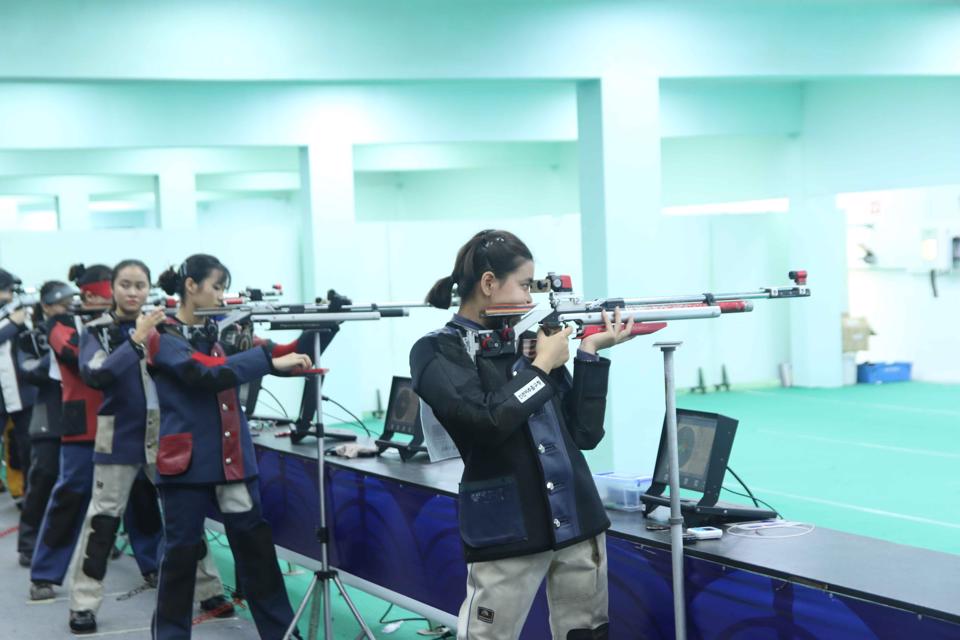



.jpg)
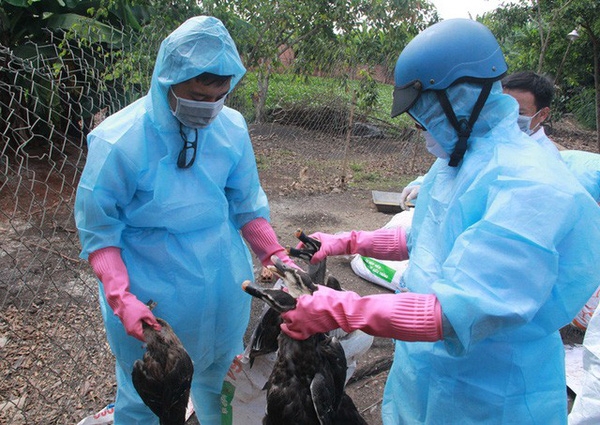
.jpg)
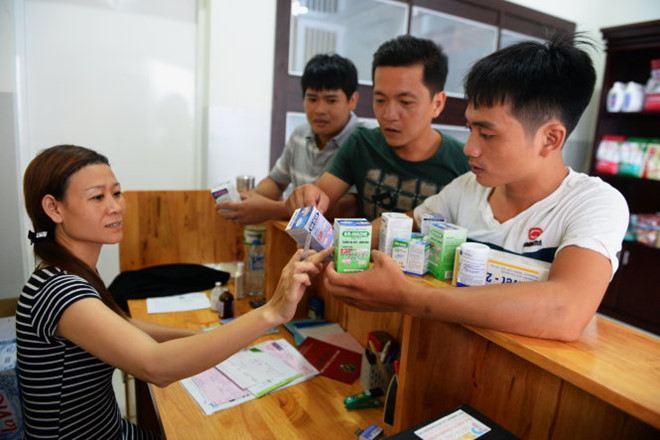
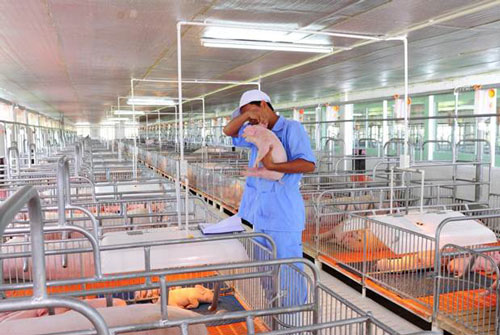

.Medium.png)
.Medium.png)
.Medium.png)
.Medium.png)
